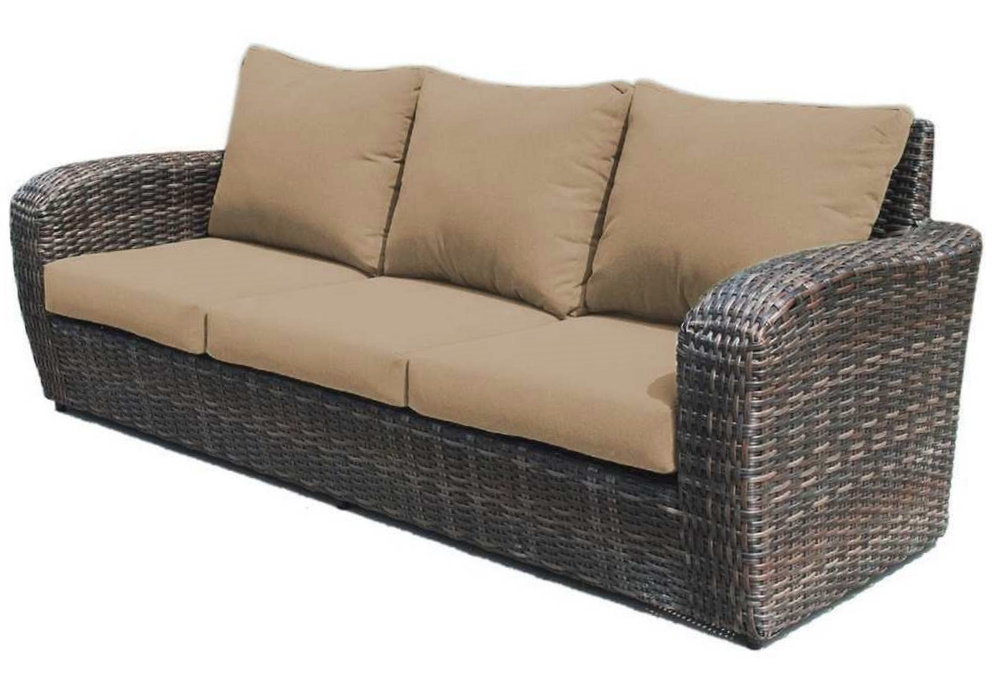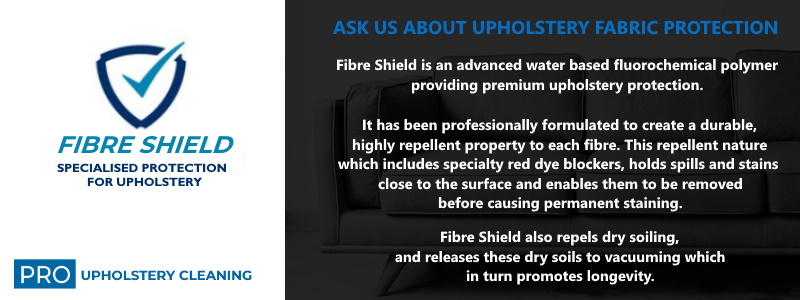Olefin Upholstery
Fabric is an essential aspect of upholstery. The better the fabric, the better the upholstery work. However, there are many fabric options in the market, and choosing one can be difficult. Olefin upholstery has many benefits and could be the best option for you. Depending on the environment that the furniture will be exposed to, this type of material could be the perfect combination of practicality and durability that you need.
Olefin might be a new term for most people. But the discovery of the fabric dates as far back as 1957. An Italian chemist named Giulio Natta was the first person to develop olefin. Initially, the development of olefin was for textile applications. In the later years, he, along with another scientist, Karl Ziegler, developed a method to transform polyolefins into a fiber which won them a noble prize.
Olefin is the generic name for polypropylene, and it's a synthetic fiber. By the 1960s, the USA started mass olefin production because of its application in many different textiles. It revolutionised the textile industry and paved the way for many of the modern furnishings we have now.

How is Olefin Upholstery Made?
If you are wondering about the production and manufacture of olefin, here’s how it’s done. The primary component of making olefin is propylene. It’s a gas that is colourless and smells a little like petroleum. It is one of the by-products released during the cracking of hydrocarbons and oil production.
The method used for manufacturing olefin is polymerization. The propylene compounds are polymerized to get polypropylene. In simple terms, the process combines single propylene molecules into a long chain of compounds until it's in a bead form. Polypropylene serves as the raw compound for making olefin. The final step is to melt it in and run it through a spinneret to make it into threads.
However, there's an important step involved when melting polypropylene. By nature, polypropylene is resistant to staining. So it means that you cannot dye the thread once you run it through the spinneret. That's why manufacturers use solution-based dyes when it's melted.
Once it’s made into threads, no amount of dying will give you results. That’s why it’s imperative to mix the desired colours during the melting process. After running it through the spinneret and obtaining the thread, it’s sent to different textile industries for its intended use.

Characteristics
Olefin is excellent for upholstery, and there are many reasons why it's an ideal fabric. It is lightweight, soft, and perfect for outdoor environments. The material also looks attractive due to its detailed appearance and it's also one of the best synthetic fabrics in the market. The best way to determine the olefin characteristics of upholstery is to look at some of the characteristics:
• Olefin is stain resistant
• The fabric is robust
• Easy to clean and maintain
• Abrasion-resistant
• Water-resistant
• UV-resistant
Like all upholstery fabrics, olefin is not perfect. However, it can be perfect if it suits your needs. For instance, some fabrics do not do well in direct sunlight. So if you are looking for upholstery work on outdoor chairs, tents, cushions, etc., olefin is the perfect match.
However, easy maintenance and cleaning is a crucial aspect of upholstery. Things like indoor furniture should be easy to clean, especially if you have kids and pets at home, so olefin works well here too.
Another characteristic that makes olefin stand out from other fabrics is that it's an eco-friendly synthetic. It is 100% recyclable, and the waste produced during manufacturing is much less than other types of fabrics. So if you are concerned about the environment, the impact from olefin is considerably less in comparison to other fabrics.
Popular Uses
Olefin has a lot of uses in upholstery. The most extensive use comes in the textile industry, but it also spans across other industries. For instance, thermoplastic olefin use is found in the automotive industry. It also expands to the military sector for making things like ropes, bags, and other products.
Olefin upholstery will most likely be found in outdoor furniture. Because of its stain and UV-resistance, it holds up well to the elements outside. It can also be found on indoor furniture as well, and extends to couches, lounges, sofas, chairs, stools, benches, and more.
Due to its excellent characteristics as a stain-resistant fibre, olefin is also used for making carpets, but would more likely be seen in commercial areas rather than residential.
Overall, olefin is a fantastic choice for upholstery and it has a lot of benefits in terms of durability, care, maintenance, and cleaning. There are some great design options for indoor furniture as well so you could even get an olefin couch as your main piece in your living room and it could withstand the exposure of everyday use.
The Best Olefin Upholstery
Cleaning Service You Will Ever Try.

